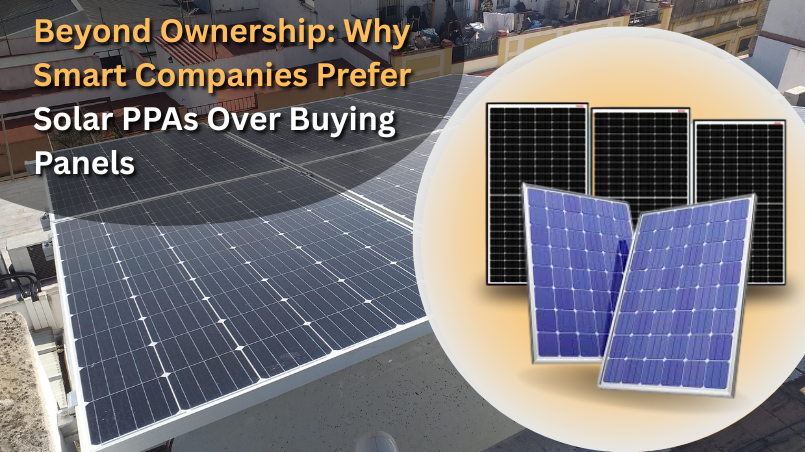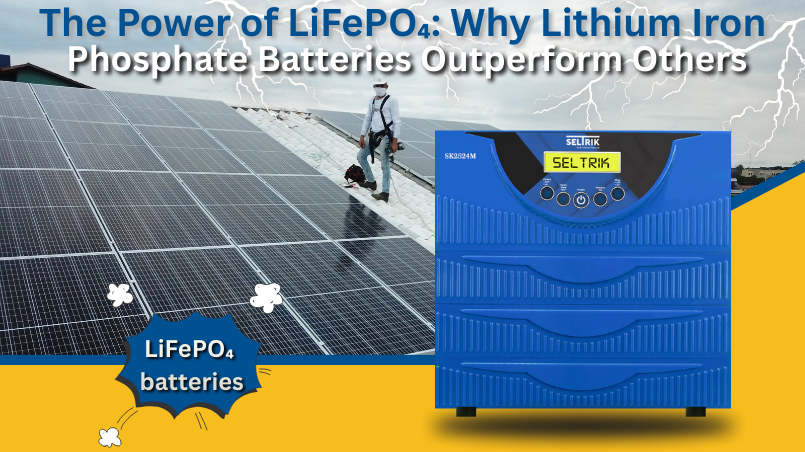CAPEX and OPEX in Solar: Differences, Benefits, and How to Make the Right Choice
As businesses increasingly look to solar energy as a sustainable solution for their power needs, understanding the financial models involved is crucial. Two primary concepts often come up in these discussions: Capital Expenditure (CAPEX) and Operational Expenditure (OPEX).
As businesses increasingly look to solar energy as a sustainable solution for their power needs, understanding the financial models involved is crucial. Two primary concepts often come up in these discussions: Capital Expenditure (CAPEX) and Operational Expenditure (OPEX). While they may sound technical, grasping their differences can help you make informed decisions that benefit your business.
What Are CAPEX and OPEX?
CAPEX refers to the upfront costs involved in purchasing and installing a solar energy system. Think of it as the initial investment that allows your business to own the solar equipment outright. This includes expenses like solar panels, inverters, installation, and any related infrastructure. Owning the system means you reap the rewards of energy savings and can potentially benefit from tax incentives.
OPEX, on the other hand, represents the ongoing operational costs associated with the solar system. Rather than purchasing the system outright, businesses can opt for third-party financing, where they pay for the energy generated instead. This model eliminates the hefty upfront costs but means you're renting the energy produced by the solar system rather than owning it.
Key Differences Between CAPEX and OPEX
Ownership and Control
With CAPEX, you’re in the driver’s seat. Owning the solar system gives you complete control over how it’s managed and maintained, allowing you to maximize energy savings.
In the OPEX model, a third-party provider owns the system. This can reduce your control over certain aspects, but it frees you from maintenance responsibilities and large initial costs.
Financial Impact
The CAPEX model requires a significant initial investment, but the payoff can be substantial in the long run as you eliminate energy costs after the system is paid off.
Conversely, the OPEX model minimizes your upfront financial burden, which can be particularly appealing for companies with tighter budgets.
Cash Flow Considerations
CAPEX can strain cash flow initially due to high upfront costs, but once the system is installed and paid off, you can enjoy consistent savings on energy bills.
OPEX allows for better short-term cash flow management since you spread the cost over time, making it easier to allocate resources to other business needs.
Benefits of CAPEX
Tax Benefits: Investing in solar under the CAPEX model often allows businesses to take advantage of significant tax incentives, which can enhance overall ROI.
Long-Term Savings: After the initial investment, the energy generated is virtually free, leading to substantial long-term savings.
Increased Property Value: Owning a solar system can increase your property’s value, making it a wise investment for the future.
Benefits of OPEX
Reduced Upfront Costs: The OPEX model is ideal for businesses that want to adopt solar without a hefty initial outlay.
Maintenance and Performance Monitoring: With third-party ownership, maintenance and performance monitoring are typically included, ensuring the system runs efficiently without extra burden on your team.
Flexibility: OPEX agreements can often be customized to meet your company’s growing energy needs, allowing for adjustments without significant financial risk.
Choosing the Right Model for Your Business
When deciding between CAPEX and OPEX, consider these factors:
Financial Capacity: If your business can handle a significant upfront investment, CAPEX may yield better long-term savings.
Cash Flow Needs: If maintaining cash flow is a priority, consider the OPEX model.
Long-Term Commitment: Evaluate whether you plan to stay in the same location for the long term. If so, investing in a CAPEX model might make more sense.
Energy Cost Stability: Analyze your current energy costs and the potential savings from solar to determine the best financial model for your situation.
Conclusion
Ultimately, both CAPEX and OPEX offer unique advantages, and the best choice depends on your business's specific needs and goals. At SunGarner, we understand that transitioning to solar energy is not just about choosing a system but making a strategic financial decision that aligns with your vision. By taking the time to understand these options, you can choose the solar solution that best fits your business, ensuring both sustainability and profitability.









